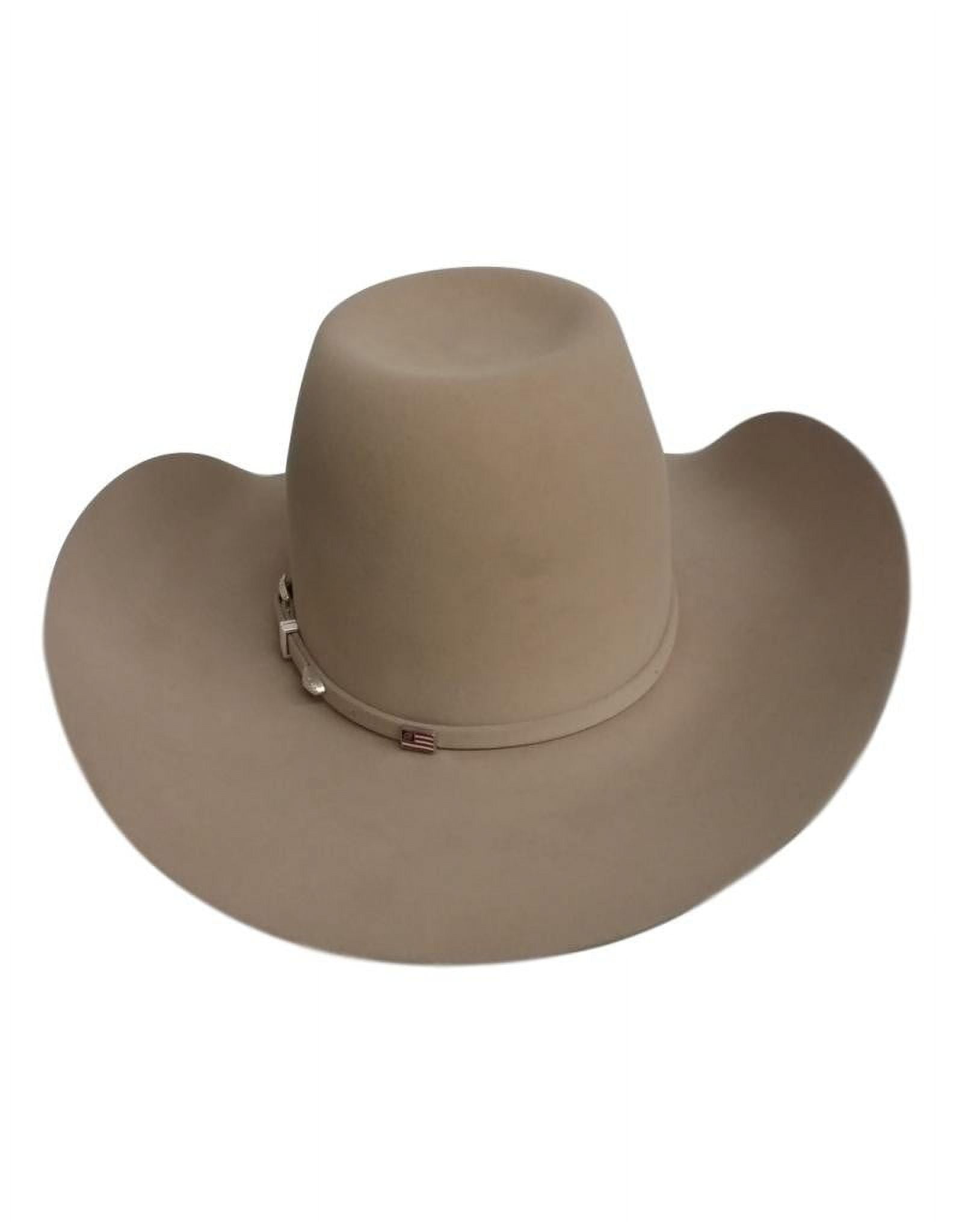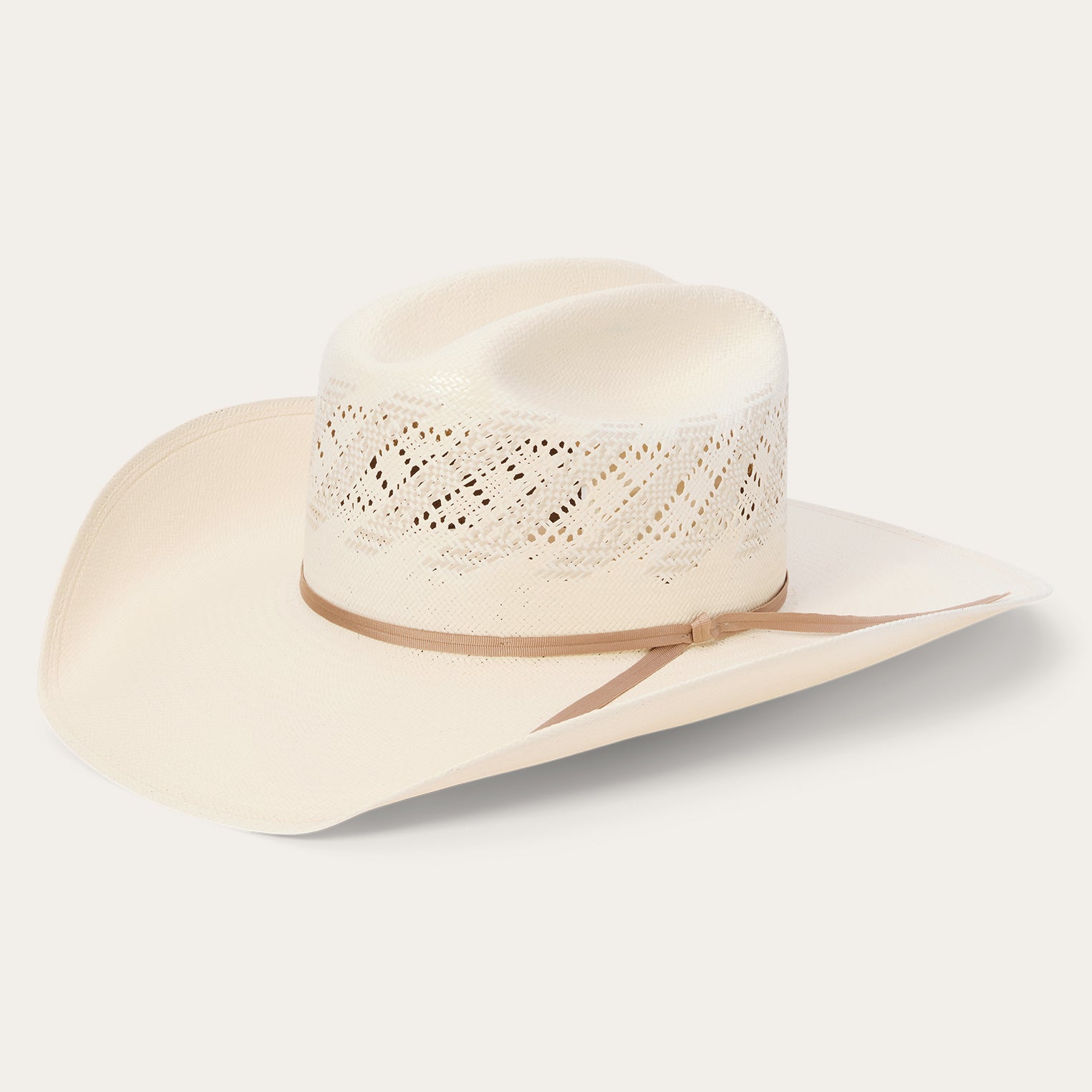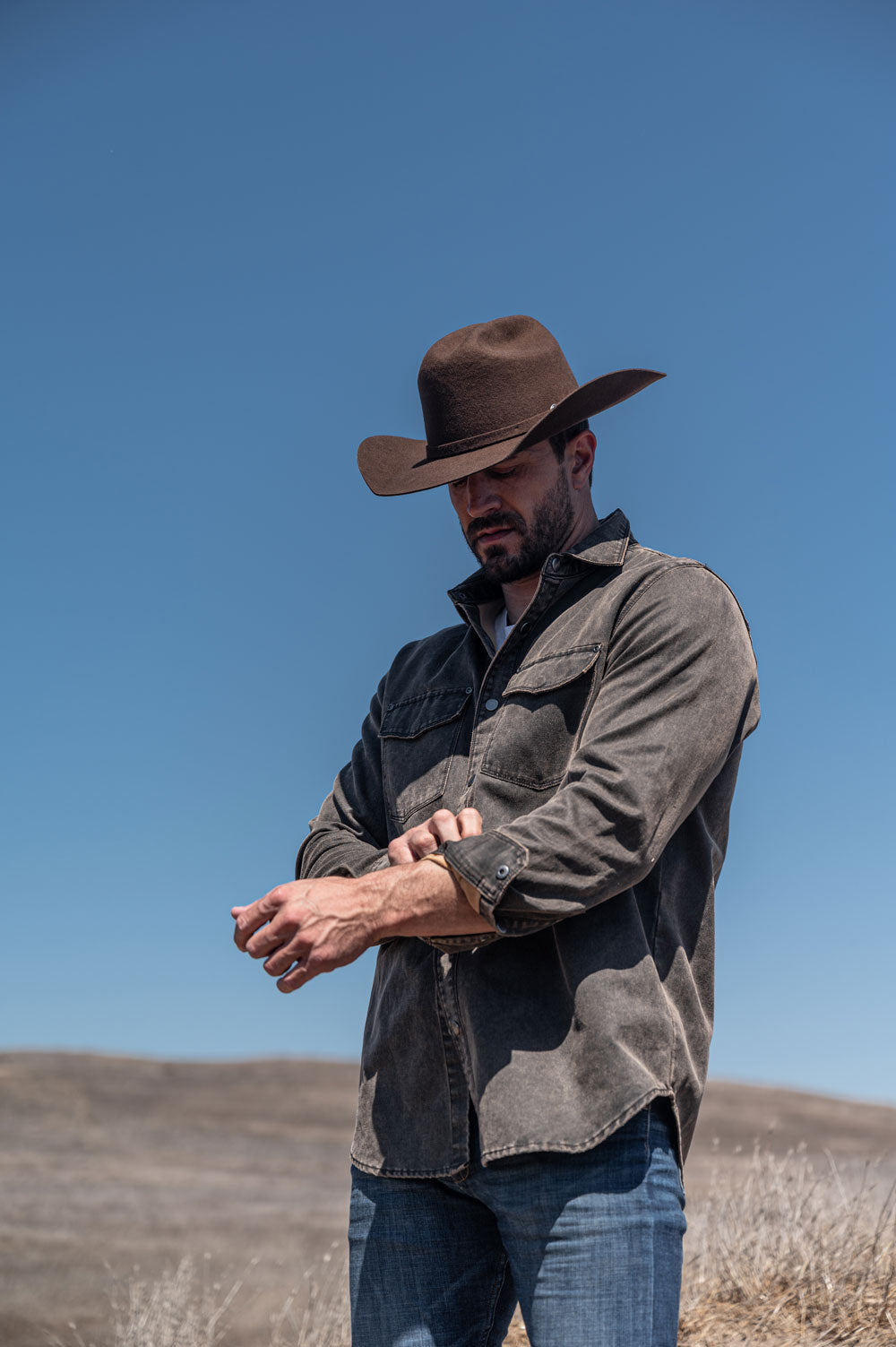Introduction
In the annals of American fashion, few accessories have stood the test of time quite like the iconic felt hat. From the classic fedora to the rakish trilby, felt hats have graced the heads of countless Americans, transcending generations and trends to become symbols of elegance, practicality, and cultural identity. This deep-rooted history and continued relevance make American felt hats not merely articles of clothing but enduring emblems that narrate stories of style evolution, societal roles, and cultural pride.

A Journey Through History
The origins of American felt hats can be traced back to the 19th century, when hat-making was a thriving industry in cities like Danbury, Connecticut, known as the “Hat City of the World.” The process of felting, which involves matting and condensing fibers to create a durable fabric, lent itself perfectly to crafting hats that were both resilient against harsh weather and exuded sophistication. The cowboy hat, born out of necessity for protection against the elements on the Western frontier, embodies this blend of function and fashion, becoming synonymous with the romanticized image of the American West.
As decades passed, the fedora rose to prominence during the early 20th century, popularized by Hollywood stars and figures like Humphrey Bogart and Frank Sinatra. It became a symbol of urban chic, often associated with detectives, gangsters, and the golden age of cinema. Simultaneously, the homburg, another felt hat with a distinctive curled brim, symbolized formal attire, favored by politicians and businessmen alike.
Cultural Significance and Identity
Beyond their practical functions, American felt hats have played a pivotal role in shaping cultural narratives and personal identities. The Stetson, named after its inventor John B. Stetson, became an emblem of the rugged individualism and self-reliance associated with the American cowboy. Similarly, the bowler hat, though British in origin, found a home in the Wild West, adopted by ranchers and railroad workers, illustrating the cross-cultural exchange embedded in American fashion.
Felt hats have also been markers of social status and professional roles. The derby hat, with its distinctive round crown, was a staple of upper-class gentlemen attending formal events, while the boater hat, made of straw but often imitated in felt, was a symbol of leisure and summertime activities.
Revivals and Contemporary Trends
Despite periods of decline in popularity, felt hats have experienced resurgences in recent years, fueled by nostalgia, retro fashion trends, and a renewed appreciation for craftsmanship. Celebrities and influencers sporting vintage styles have sparked a renaissance, making felt hats relevant again to younger generations. Additionally, artisanal hat makers are breathing new life into the craft, experimenting with sustainable materials and innovative designs that cater to modern tastes without compromising on tradition.
Sustainability and the Future of Felt Hat Making
In an era where sustainability is a growing concern, the felt hat industry is also evolving. Eco-friendly materials and practices, such as using recycled wool or natural dyes, are being adopted to minimize environmental impact. Customization and personalization services allow customers to invest in quality pieces that align with their values and express their unique style, ensuring longevity and reducing waste.

Influence on Pop Culture and Subcultures
American felt hats have not only shaped mainstream fashion but have also deeply influenced various subcultures, each adopting and adapting these hats to express their unique identities. In the 1940s and ’50s, the zoot suit culture embraced wide-brimmed felt hats as part of their flamboyant attire, symbolizing resistance and a proud display of ethnic identity. Later, during the counterculture movements of the 1960s and ’70s, the fedora took on a new life among the Beatniks and later the hippie movement, representing intellectualism, rebellion, and a connection to a romanticized past.
In music, felt hats have been a recurring motif, particularly in genres that celebrate roots and tradition. Country musicians often wear cowboy hats as a badge of honor, connecting them to the genre’s heritage. Similarly, jazz and blues artists have donned fedoras, adding to the mystique and coolness associated with their performances.
Gender and the Evolution of Felt Hats
Traditionally, felt hats have been associated with masculinity due to their historical ties to male-dominated professions and cultural icons. However, in contemporary fashion, these gender boundaries are increasingly blurred. Women have reclaimed and reinterpreted felt hats, from actress Audrey Hepburn’s iconic tilt of a fedora in Breakfast at Tiffany’s to modern-day street style where both men and women sport a variety of felt hats with equal panache. This shift reflects a broader cultural movement towards inclusivity and the breaking down of gendered fashion norms.
The Artisanal Renaissance
Parallel to the resurgence of interest in felt hats is a growing appreciation for the artistry and craftsmanship behind each piece. Artisan hat makers across the United States are experiencing a renaissance, with some using centuries-old techniques to create bespoke hats tailored to individual customers. These artisans emphasize the use of high-quality materials, intricate handwork, and a deep understanding of hat history to produce pieces that are not just fashionable but also functional works of art.

The Global Reach of American Felt Hats
Beyond American borders, felt hats have become ambassadors of American style and cultural influence. The cowboy hat, for instance, has transcended its origins to become a global symbol of freedom and adventure. Similarly, the fedora is recognized worldwide as a classic piece that can elevate any outfit. This international recognition underscores the universal appeal of American felt hats and their ability to communicate a distinct sartorial language.
Preserving Tradition While Innovating
In an age of fast fashion, the preservation of traditional hat-making techniques is crucial. Yet, alongside this preservation effort, there is a drive for innovation. Designers are incorporating technology into their processes, using computer-aided design (CAD) to create precise patterns and experimenting with new materials to enhance durability and comfort. This fusion of old and new ensures that American felt hats will continue to evolve, remaining relevant and desirable in an ever-changing fashion landscape.

Conclusion
American felt hats are more than mere accessories; they are tangible links to a rich past, symbols of cultural expression, and adaptable markers of style. Their endurance speaks to the timeless appeal of well-crafted design and the ongoing quest for self-expression through fashion. As these hats continue to grace runways, streets, and screens, they serve as reminders of America’s diverse history and the ongoing evolution of its cultural identity. Whether donned as a nod to tradition or reinvented for modern sensibilities, American felt hats remain timeless icons of style and cultural significance.

